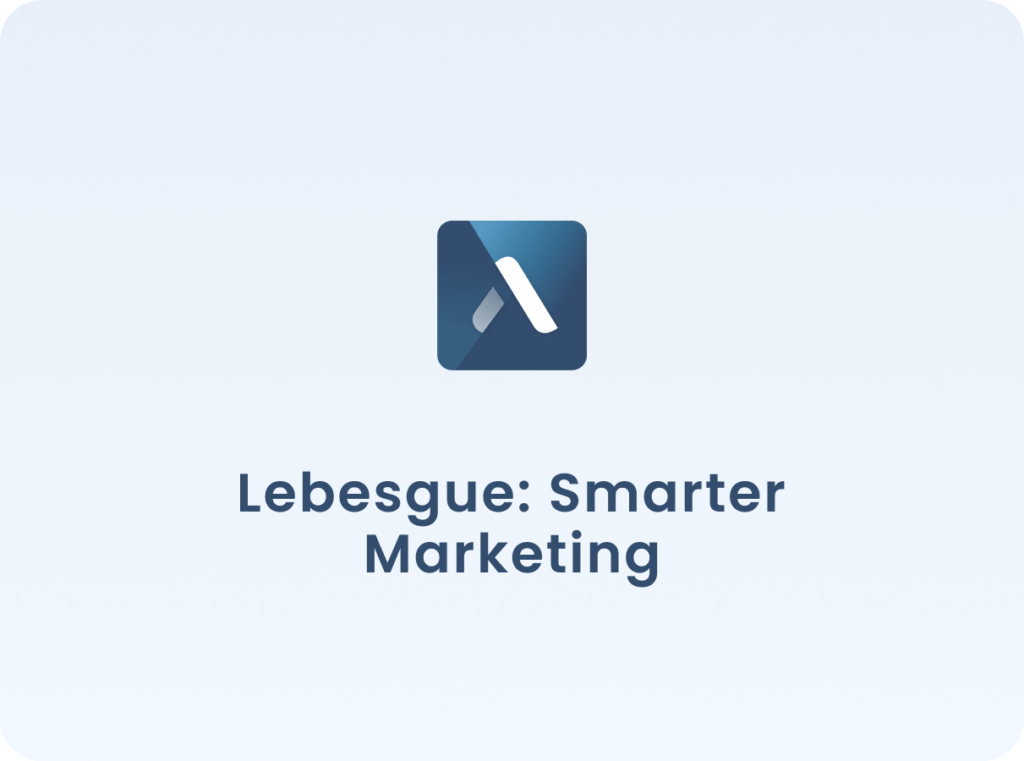When starting with TikTok ads, it’s important to track key performance indicators (KPIs) to assess the effectiveness of your campaigns. Here are some common KPIs to focus on:
- Impressions: The number of times your ad is displayed to users.
- Clicks: The number of times users click on your ad.
- CTR (Click-Through Rate): The ratio of clicks to impressions, expressed as a percentage.
- Engagement: The number of likes, comments, shares, and other interactions with your ad.
- Video Completion Rate: The percentage of viewers who watch your ad video to the end.
- Conversion Rate: The percentage of users who take a desired action, such as making a purchase, after clicking on your ad.
- Cost Per Action (CPA): The cost of a desired action, such as a purchase, divided by the number of actions taken.
- Return on Ad Spend (ROAS): The return generated from ad spend, calculated as revenue divided by ad spend.
It’s important to track these KPIs regularly and adjust your TikTok ad campaigns accordingly to optimize for better performance and maximize return on investment (ROI).
